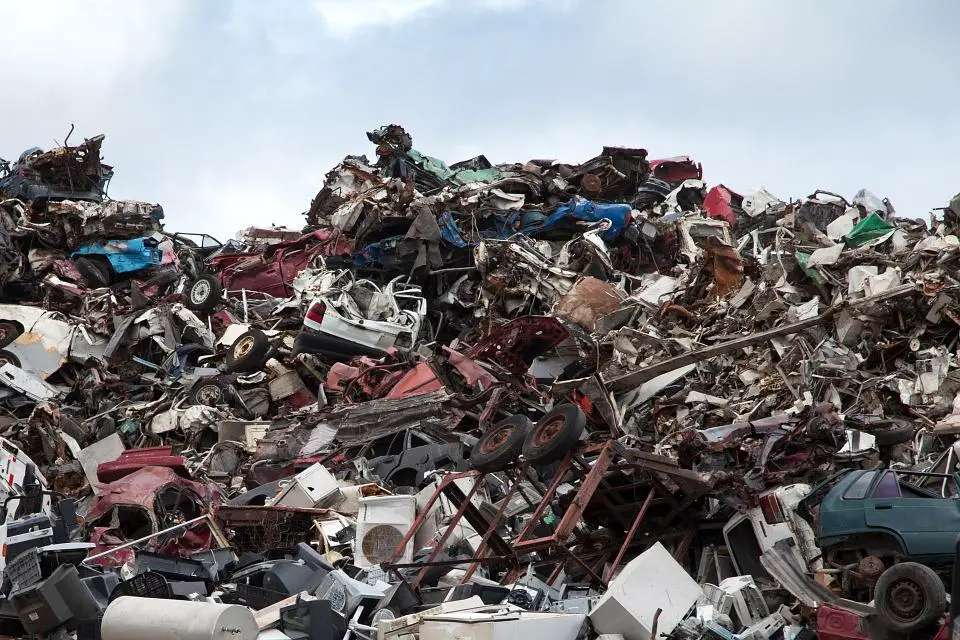As Poslovni Dnevnik/Josipa Ban writes, the European Union (EU) still has a lot of work to do to move to a truly green and circular economy, and this has only been further confirmed by data on waste exports. Back during 2021, according to a Eurostat report, the EU exported 33 million tonnes of waste elsewhere.
Most of it went to Turkey, and it was mainly made up of metal waste. At the same time, the bloc, which produces 2.3 billion tonnes of waste annually (according to the latest data, taken back in 2018) imported far less waste than it exported – 19.7 million tonnes.
What European Union leaders should be concerned about with this data is the growth of waste exports. Over a period of 17 years, more precisely from 2004 to 2021, it grew by as much as 77 percent. This, in turn, would mean that the EU, with a large amount of waste, should see it as valuable raw material according to the EU’s Green Plan. Despite that, it seems that it doesn’t know what to do, or it simply doesn’t have the technology to process it.
The EU exports the most as a bloc, 14.7 million tonnes of it, to Turkey – almost half the amount and three times more than back in 2004. After Turkey, it exports the most to India (2.4 million tonnes) and Egypt (1.9 million tonnes).
Interestingly, China is no longer even among the top ten recipients of EU waste. Last year, the bloc exported only 400,000 tonnes to that country. China, it’s now clear, does not want European Union garbage, especially when it is now known that in 2009, it imported as much as 10 million tonnes of it.
In terms of the type of waste, the EU exports the most scrap metal (iron and steel), which accounts for more than half (59%) of total exports. Most of this type of waste, 13.1 million tonnes of it to be more precise, is exported to Turkey. The Republic of Croatia, on the other hand, also exports most of its scrap metal, of which the country produces about 900,000 tonnes a year, to Turkey.
Namely, only 250,000 tonnes of Croatian scrap metal is actually recycled here within the borders of the country, 600,000 tonnes are exported, of which slightly less than 400,000 tonnes goes down to Turkey. The rest of the Croatian scrap metal remains in temporary storage at waste collectors.
The export of metals from Croatia is mostly in the hands of the company CE-ZA-R within the C.I.O.S. groups. The fact that the quantities of Croatian scrap metal have increased significantly in recent years is also shown by the fact that during the coronavirus crisis which began back in 2020, its exports increased five times, to about 600,000 tonnes. Last year, it was announced that exports would increase to about a million tonnes.
The fact that less than a quarter of Croatian scrap metal remains in the country speaks volumes about the state of the steel mills and foundries in this country. A good example is the former Sisak Ironworks, which once (back during the late eighties) employed about 14,000 people. Today, it is Italian-owned and called ABS Sisak, and employs just over a hundred workers with a processing capacity of about 280,000 tonnes of Croatian scrap metal per year.
However, the growth of metal prices on global stock exchanges has also encouraged that company to make new investments, seeing them recently announce the expansion of their processing capacity to half a million tonnes and giving the green light to investments of 400 million euros.
As for Croatian scrap metal, the Waste Management Act says that at least 50 percent of the mass should be recovered by recycling, followed by the preparation for reuse. But the state, judging by the response of the competent ministry, doesn’t actually intend to intervene in increasing the amount of processing.
When asked if there are plans to process more scrap metal in Croatia, they answered that producers and processors, depending on market prices, trade in the most acceptable way at any given time.
In addition to metals, the European Union also exports significant quantities of paper – 4.4 million tonnes (13 percent of all waste). It is mostly exported to India. Waste is a valuable raw material, we’ve been hearing for years now, but it seems little is being done in regard to keeping more of it within Croatia, and within the EU as a bloc.
For more, check out our dedicated lifestyle section.










